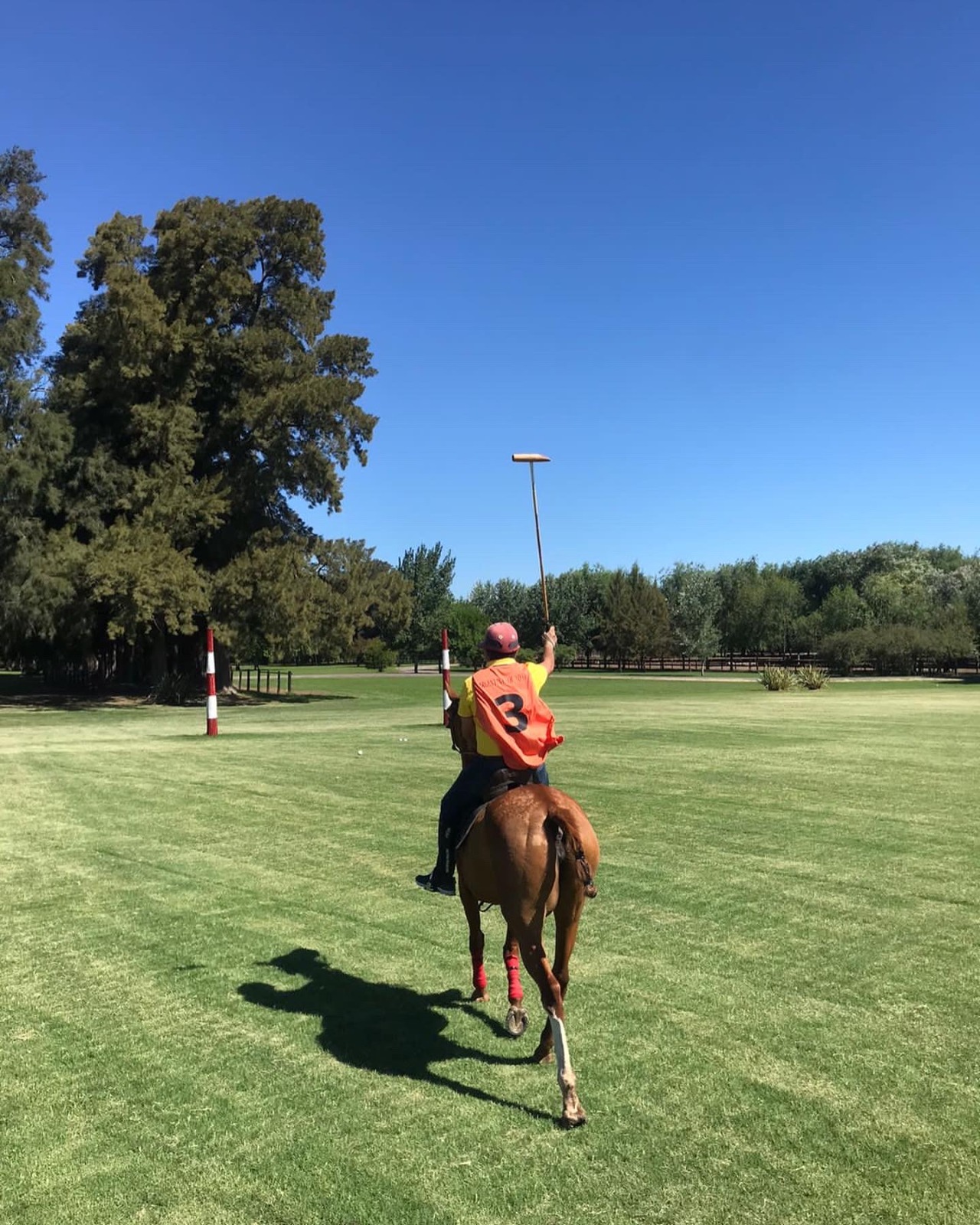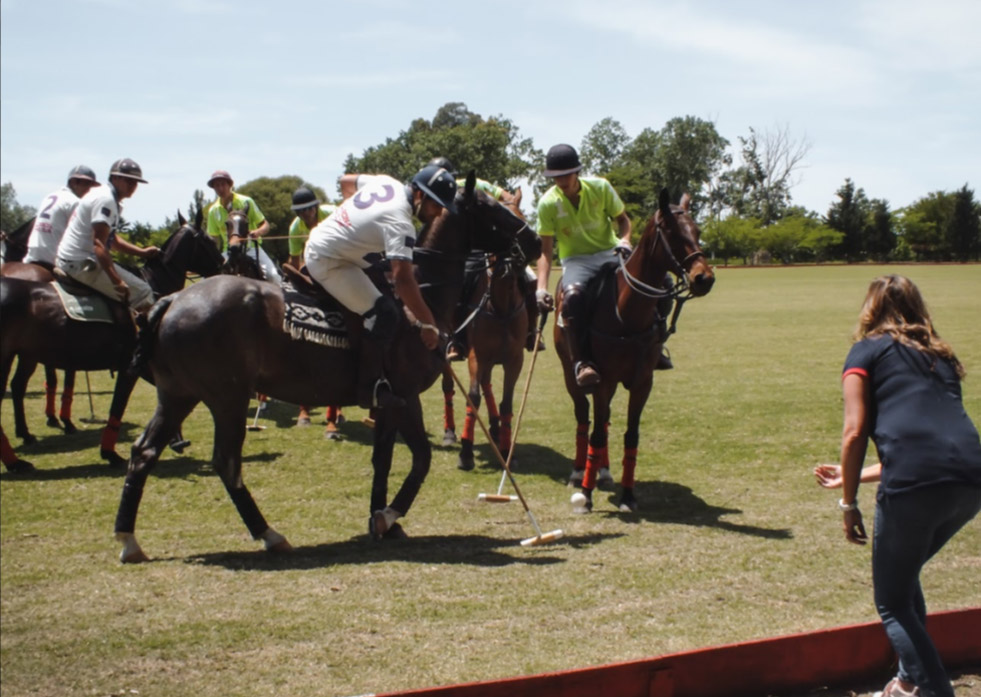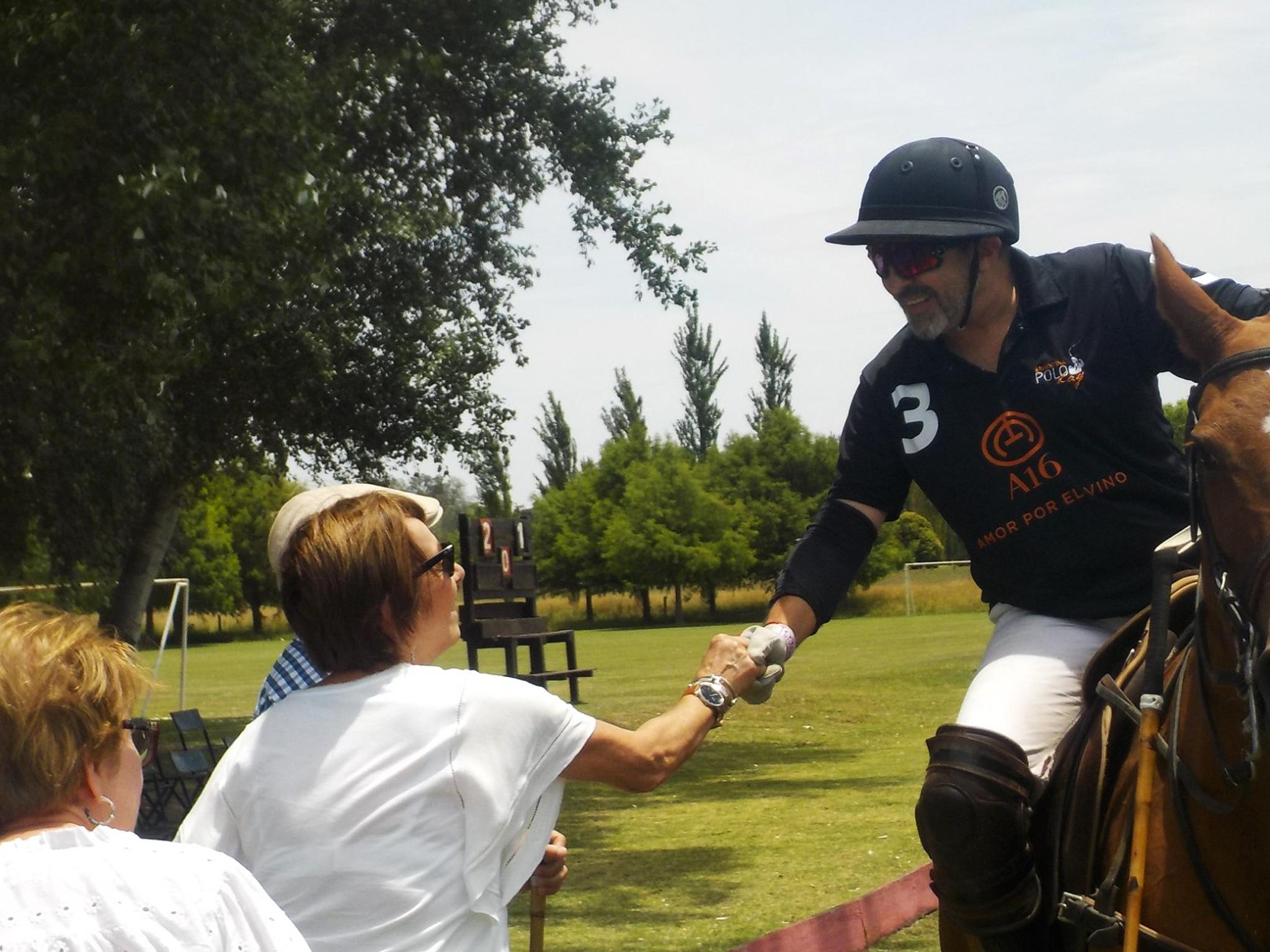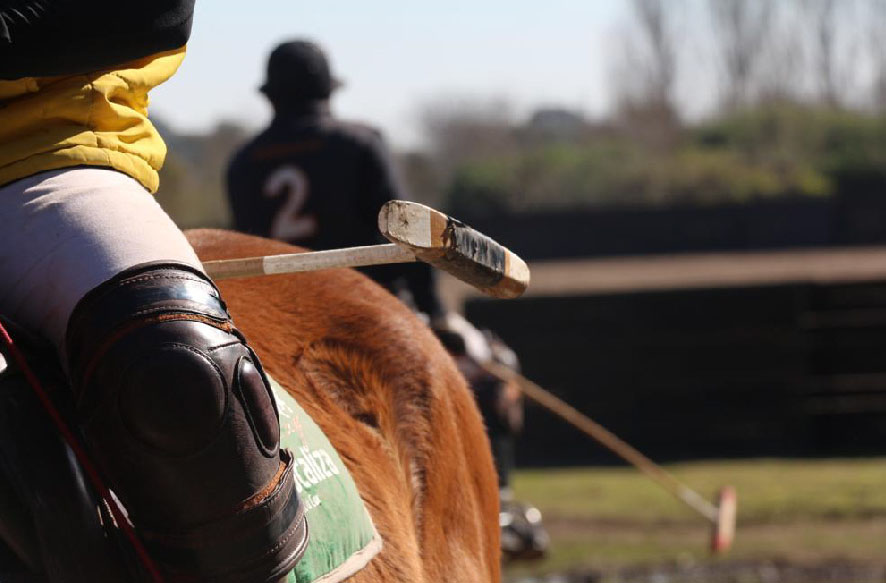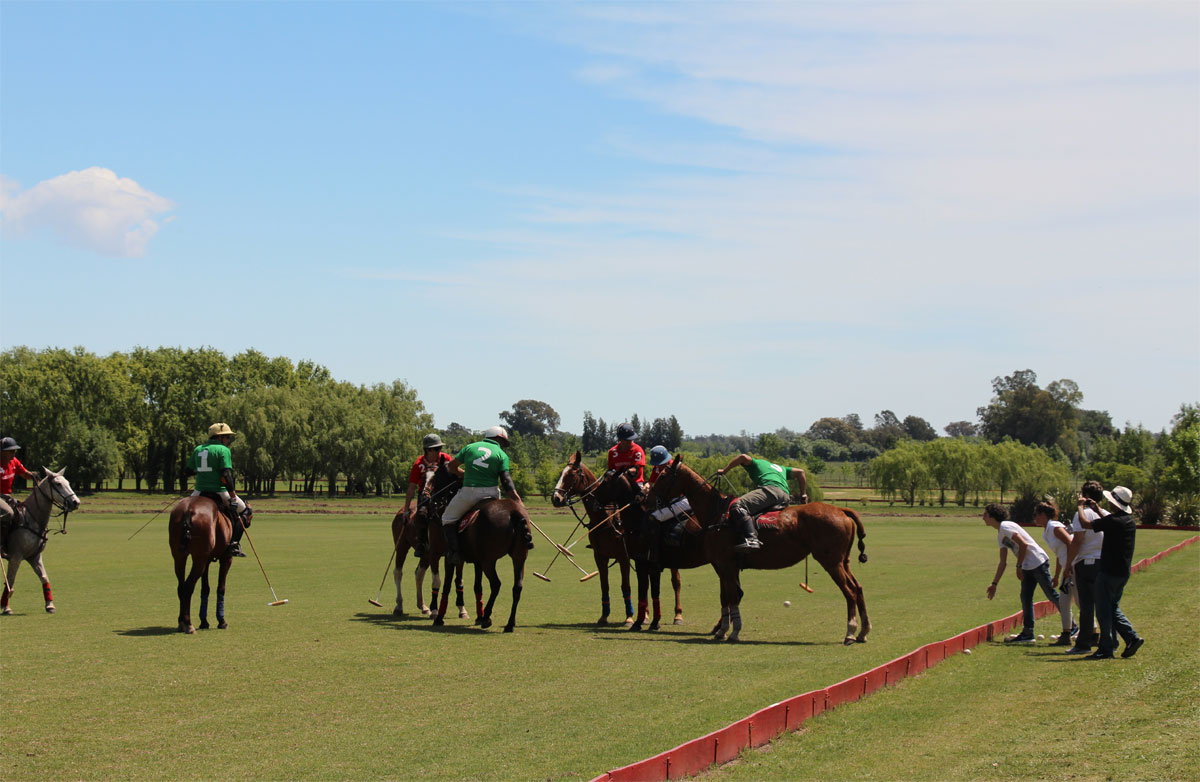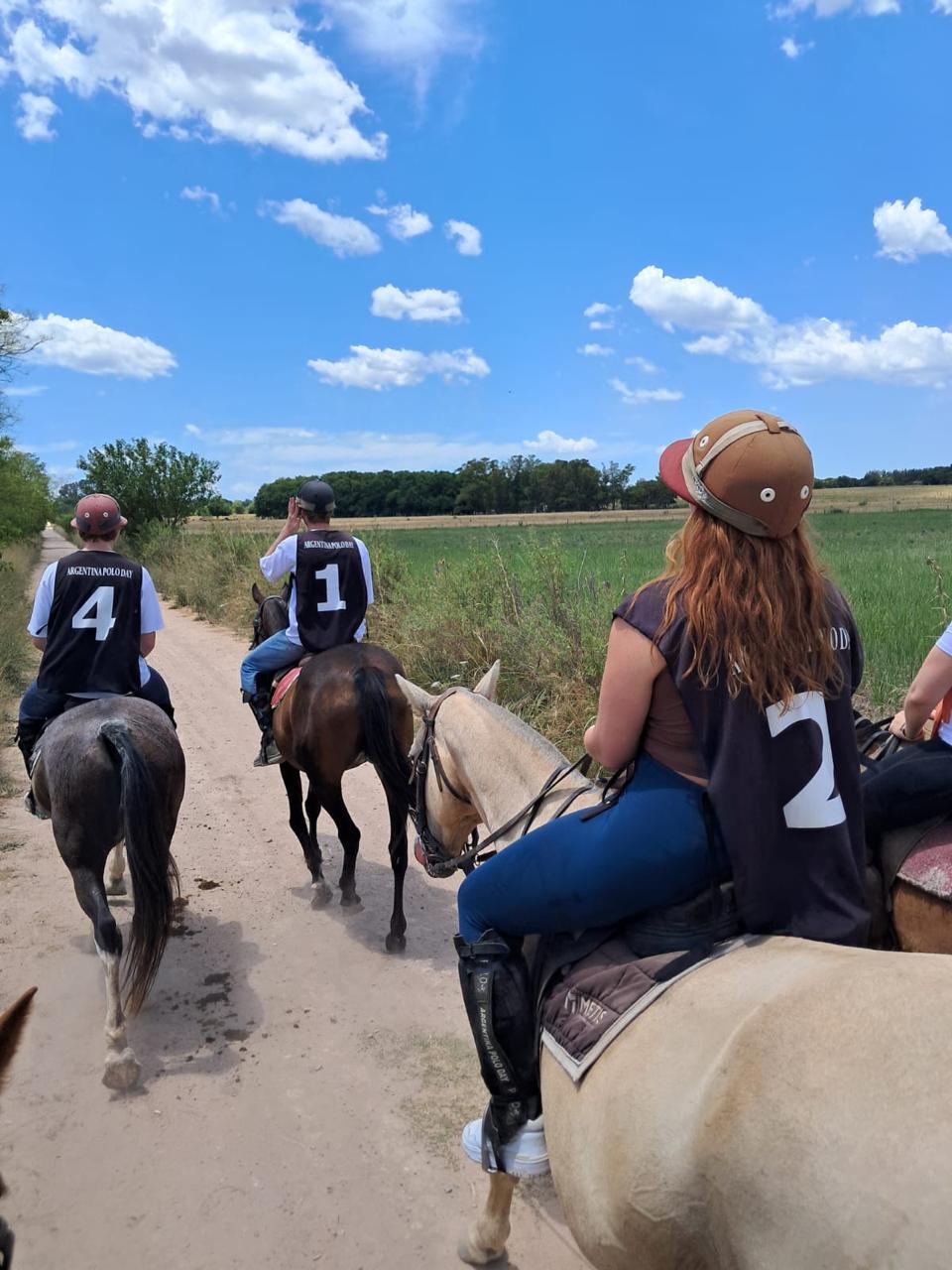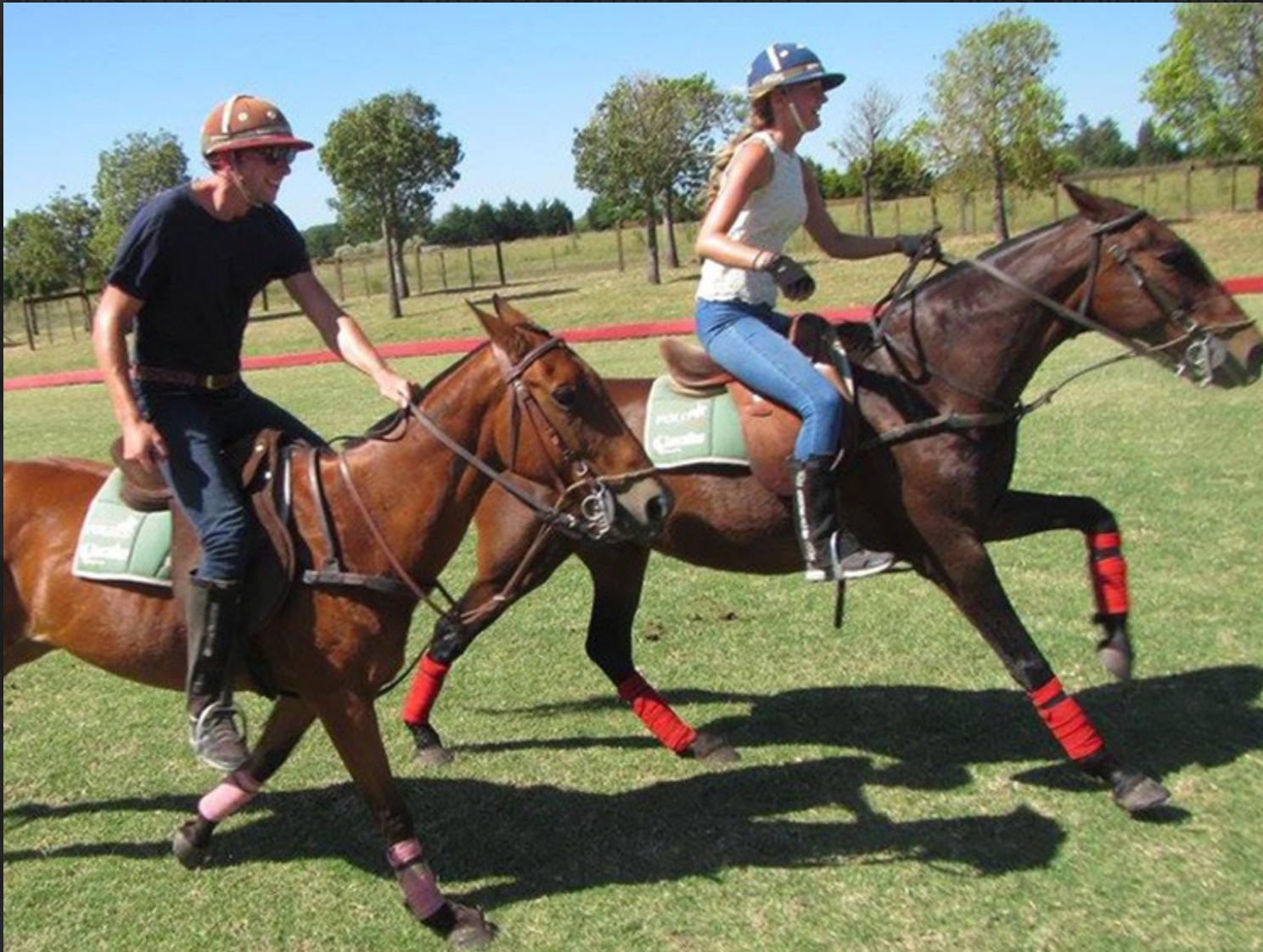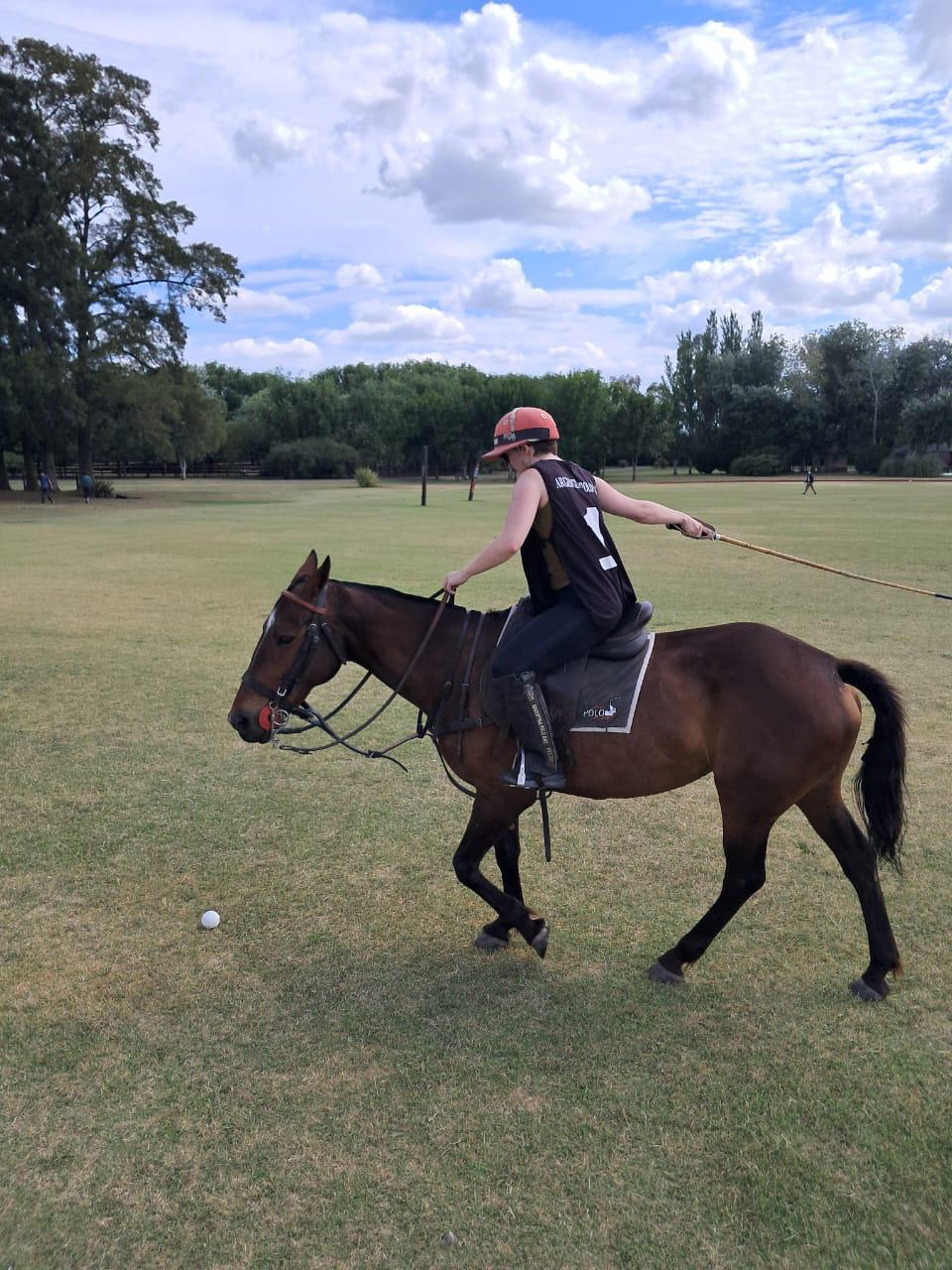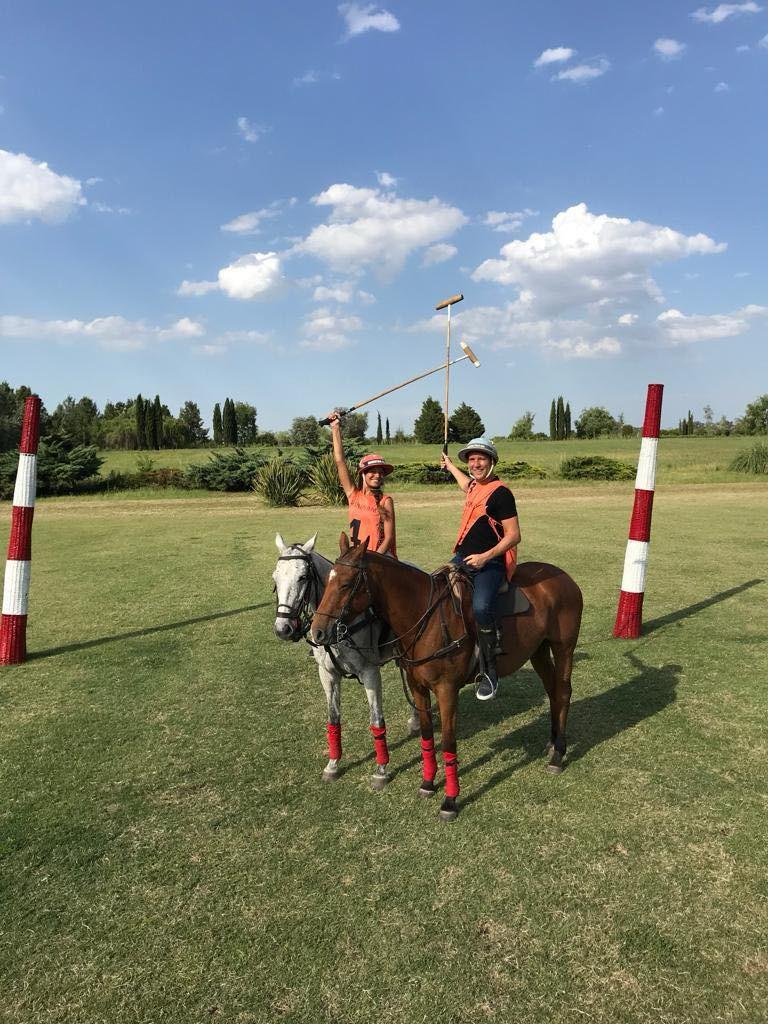-
What are Polo Day and Polo Night - 10 julio, 2025
-
What Are the Basic Rules of Polo? - 27 junio, 2025
-
Creando experiencias de alto valor - 6 junio, 2025
-
Encuentro positivo y productivo con Marca País Argentina - 6 mayo, 2025
-
Polo, vino y tradición: una colaboración que destaca lo mejor de Argentina - 8 abril, 2025
-
What Equipment Is Needed to Play Polo? - 25 marzo, 2025
-
Argentina Polo Day Magazine #4 - 14 marzo, 2025
-
What are the basic rules of polo? - 6 marzo, 2025
-
- 3 febrero, 2025
-
Argentina Horses: A Legacy of Strength and Grace - 27 enero, 2025
CHANGES IN THE RULES AND WAYS OF PLAYING POLO – POLO RULES
40 years ago polo was associated not only with speed and little braking, but also long shots, long backhanders (hitting back) and constant change of direction of play with short blasts on a solo run). Players were scattered along the field ready to receive passes.
It was played at high speed, and the horses that were used were horses that ran fast, and in many cases very badly slowed down. These horses could not be used in today’s style of polo.
Players came into the game line at high speed, and nobody would cross it an inch, because it was dangerous. It was then that fouls were really mostly by accident because no horse could slow down and players were not used to stopping!
Hard to believe but the game was fast, and everyone released the ball as soon as possible, and the longer shots were the best shots. The game was played with fewer strikes at goal.
To understand it like in English football, 2 long passes, a centre and goal posts, and everything at top speed.
Throughout these years it was changing, players began to play with shorter strokes and keep possession of the ball individually. This revolutionary way of playing, complicated things for those who didn’t know how to play this type of game. The first player to use this type of game was Edward Moore, a pioneer and a winner!
Players took up this style of play and controlled the ball with short strikes. Their skill today is magical when one looks back in time. No one could ever imagine that a player can carry a ball in the air as if attached to the mallet and dribble it at top speed so that the ball and horse can travel at the same speed.
Players base their game on not losing the ball, ie possession and keep it amongst the team unlike before when a player kept possession as long as posible, even if it meant nobody could take advantage of the ball.
The way one plays individually is summed up by «blocks, curtains, screens» which consist so that a player can lift the ball while the other opens the field of play and stops the player being blocked.
The game went on to be 100% team, where every rider is involved in the game. Each rider plays while another marks for him.
So why did the polo rules change? Mainly for one reason: before if a player who was going for the game lined slowed down, someone was normally behind him and this would cause a foul.
Let’s see what happened to the rules. Argentine regulations are virtually the same, and are based on risk for determining if there is a foul. But in reality which actually fouls them is the danger and represents 5% of total fouls.
HPA (Hurlingham Polo Association) was updated, and speaking of danger, the «right of way» (ROW) is ultimately the way to play. With the ROW we can still talk about danger.
Despite this, the application of these rules is almost the same throughout the world.
Ignacio Fernández Llorente
Oficial AAP Referee
To read our interview with Ignacio Fernández Llorente click here.
More about polo: www.argentinapoloday.com.ar

